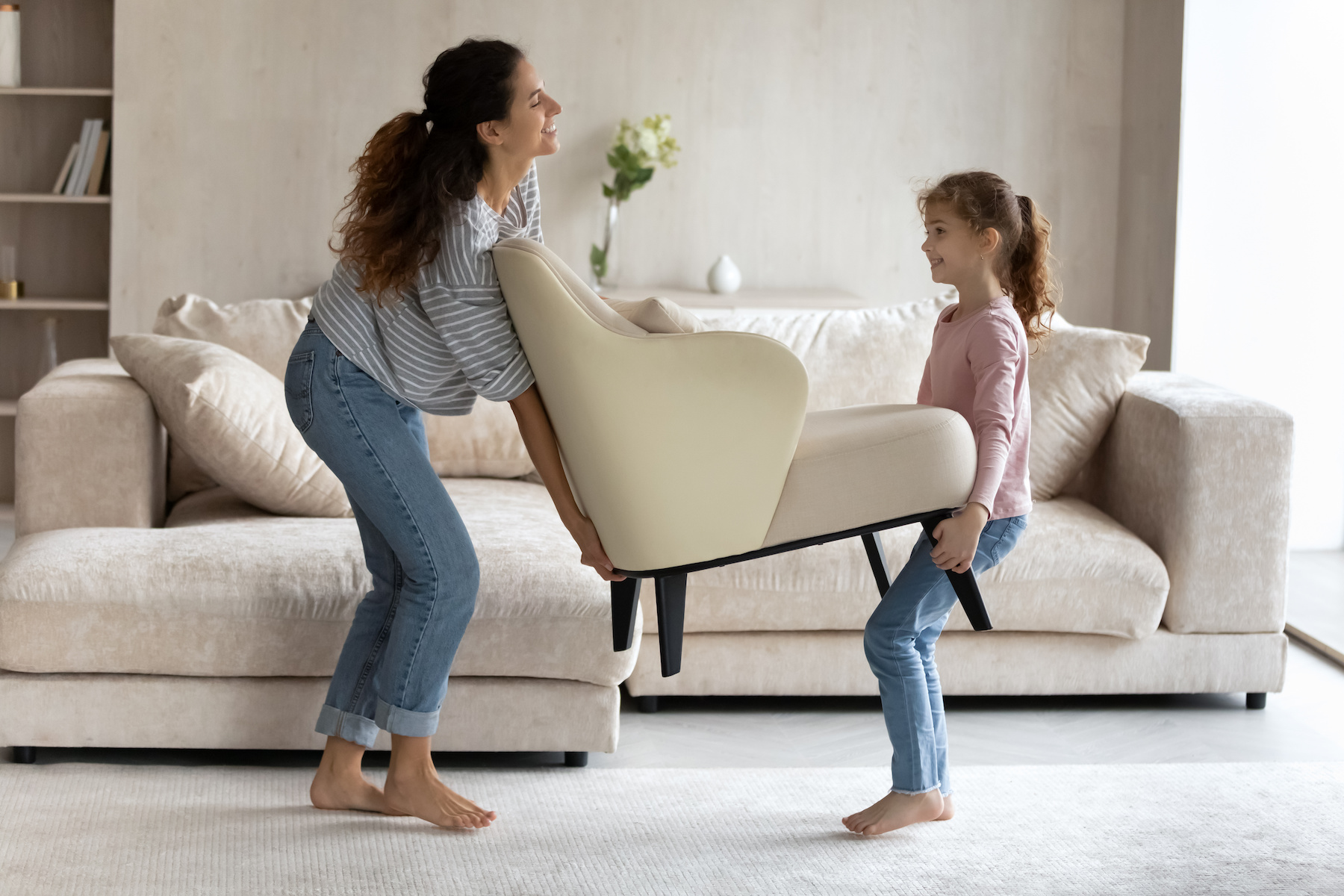In the past, the furniture buyer’s shopping journey (from research to purchase) was almost entirely done from brick and mortar stores. Now, most shoppers begin their journey online by researching before going into the store to make their final selection - often repeating this process many times before making a purchase. Customers are not only conducting research online, but many are also exclusively purchasing online. With different customers following different shopping journeys, it's critical your business creates an experience that works for as many people as possible.
But how can this be accomplished? Through an omnichannel shopping journey. This strategy supplies numerous customer touchpoints across multiple channels that seamlessly connect to complete their purchases on their terms.
The changing dynamics, trends, and customer expectations of the industry make it necessary for your business to have an adaptive omnichannel strategy. Below, we’ll discuss the five furniture shopping stages so your customers have a seamless experience every time.
5 Omnichannel Shopping Stages
1. Awareness Stage
At this stage, the shopper knows they have a need, but they haven’t researched potential options to address it yet. While they may passively come into contact with your brand, they aren’t ready to commit to a specific product.
Understanding the beginning of their journey allows you to be aware of their potential pain points and offer support before they even know they need it.
While creating your strategy, consider the answers to the following questions:
- Is the customer going to see your brand through a social or paid ad?
- Do you have a marketing email strategy to reach previous or potential customers?
- Are potential customers likely to find value in the content of your blog posts?
By using multiple strategies to get your brand in front of potential customers in the awareness stage, you can cater to a wider audience and help move customers through their furniture shopping journeys.
2. Researching the Solution
Once the shopper reaches this stage, they are looking for the right products to meet their needs. They can easily search online using both mobile and desktop devices as they browse potential solutions. In addition, some customers prefer to do their research in person. Though they may not be ready to buy, customers may visit your store to begin to research specific items, pricing, and more.
In order to meet these needs, your online furniture platform should be mobile-friendly and have the ability to effectively employ your ecommerce merchandising strategy. This should include:
- Curated landing experiences that help shoppers find what they are looking for online.
- Product descriptions that give details about your items.
- High-quality images that showcase your products.
- Promotions that are available to use both online and in-store.
Once customers have found a potential product that meets their needs, your website and in-store experiences should both make it easy for them to find the information they need — without having to hunt for it.
3. Consideration Stage
In this stage, your shopper has likely identified several furniture options to meet their specifications. Now, they are looking for the best product for them. This may be based on several factors, including:
- Pricing.
- Availability.
- Quality.
- Shipping and delivery dates.
- Financing and payment flexibility.
Your strategy should make it easy for shoppers to compare products and find the additional information they need. For a seamless experience, shoppers should have accurate inventory and pricing information at their fingertips that align between in-store and online. That way, if they choose to call or visit the store, they will receive the same information. Real-time pricing and inventory features are key components of the omnichannel shopping experience — without them, a shopper may become discouraged and decide to explore options at another store.
4. Decision (and Purchase) Stage
Unlike many other shopping experiences, the furniture buying journey is likely to take longer and feature multiple touchpoints of both the research and consideration stages. However, once a final decision has been made, your shoppers will make a purchase.
Provide your customers with a clear and simple purchasing process to encourage them to complete their shopping journeys and remember your brand as one they want to do business with again.
Providing shipping options, accepting multiple payment methods, and sending a confirmation of purchase email will give your customer confidence in your products and in your brand.
5. Customer Delight and Building Loyalty
Even though your customer has made a purchase, their omnichannel ecommerce experience isn’t over. After they’ve completed their purchase, you can go above and beyond to create a relationship with them, so they come to you for all of their future furniture purchases. Consider sending a thank you email with their purchase details and recommend products they may be interested in based on their recent purchase.
Elevate the Omnichannel Shopping Experience
Your business needs to have a retail strategy that supports every stage of the omnichannel buyer’s journey. In today’s modern and competitive marketplace, this is crucial to provide a customer-friendly shopping experience and meet your business goals.
If you’re ready to get started creating the ideal omnichannel shopping experience for your customers, we’re here to help.
Take a deeper look at how to create a seamless shopping experience for your customers with The Online Furniture Shopping Journey guide today.




